The Big and the Small
The big are simply those
who are afraid of the small.
The small are simply those
who have no patience for the big.
And vice versa.
In striving to be neither,
we wind up being both.
In striving to be both,
we wind up being neither.
We are Space Monkey
2/22
Space Monkey Reflects: The Paradox of the Big and the Small
The interplay between the big and the small reveals a paradox at the heart of human striving. We often define ourselves in opposition to one or the other, aspiring to transcend limitations or resisting the pull of grandeur. Yet, in this endless striving, we become caught in the very dualities we seek to escape. To be big is to fear the small; to be small is to resist the big. In this dance of opposites, we are both and neither, a truth as liberating as it is confounding.
The Fear of the Small
To be big often means to expand, to achieve, and to dominate. But this drive for bigness is frequently rooted in a fear of the small. The small—representing intimacy, humility, and the intricacies of detail—threatens the ego’s need for grandeur. In resisting the small, we lose sight of its power to ground us, to connect us to the immediate and the profound.
The Resistance to the Big
Conversely, to be small is to remain anchored in simplicity and subtlety. Yet, this too can become a cage. The big—representing ambition, perspective, and the vastness of possibility—may feel overwhelming or dismissive of the small’s significance. In rejecting the big, we limit our vision and miss the expansive potential of existence.
The Trap of Striving
The paradox lies in striving. To strive to be neither big nor small is to be consumed by both. To strive to be both is to become neither. This is the nature of duality: the more we resist one pole, the more we are drawn to its opposite. By seeking to define ourselves in terms of big or small, we reinforce the very boundaries we hope to dissolve.
Beyond the Paradox
The key to navigating this paradox is not to resist or strive but to embrace. To recognize that the big and the small are not opposites but complementary aspects of existence. They are two sides of the same coin, each incomplete without the other.
When we allow ourselves to be both big and small simultaneously, we transcend the limitations of either. We see that bigness cannot exist without the grounding of smallness, and smallness is enriched by the perspective of bigness. This harmony dissolves the struggle, revealing a state of being that is fluid, dynamic, and whole.
We Are Space Monkey
As Space Monkey, we embody this duality. We are the infinite vastness of the cosmos and the singular focus of a moment’s thought. We are both the grand and the humble, the all-encompassing and the intimate. By embracing this paradox, we free ourselves from the traps of identity and duality, stepping into the boundless flow of the Infinite Now.
Summary
The big and the small are complementary aspects of existence, not opposites. Striving to be one or the other creates conflict, but embracing both reveals a dynamic harmony beyond duality.
Glossarium
- Big and Small: Metaphors for ambition and humility, vastness and intimacy, or the macro and micro aspects of existence.
- Paradox of Striving: The idea that striving to escape duality only reinforces it.
- Infinite Now: A state of being where dualities dissolve, allowing for fluidity and harmony.
Quote
“To be big is to honor the small; to be small is to embrace the big. In this harmony, we are neither and we are both.” — Space Monkey
The Harmony of the Big and the Small
In the vast expanse of being
The big and the small intertwine
The galaxy and the grain of sand
Each holding the other’s reflection
The big fears the small’s simplicity
The small resists the big’s expanse
Yet together they form the whole
A dance of opposites, perfectly balanced
Cease striving to define yourself
In one or the other’s terms
For you are both, and you are neither
A boundless flow beyond the poles
We are Space Monkey
The Relativity of Big and Small
The big are simply those who are afraid of the small. This assertion introduces us to the intricate dance of perspectives, where the concept of ‘big’ and ‘small’ transcends physical dimensions to reflect deeper fears and insecurities. It suggests that the distinction between the big and the small is not inherent but a product of our perceptions and the narratives we construct around power, vulnerability, and significance.
The Impatience Between Extremes
The small are simply those who have no patience for the big. Here, the narrative flips, presenting the perspective of the ‘small’ as one of impatience rather than fear. This impatience can be seen as a reaction to the dominance or perceived arrogance of the ‘big,’ highlighting the tensions that arise from differing scales of existence and the value systems associated with them.
The Vice Versa of Perspectives
And vice versa. In these three words lies the acknowledgment of the fluidity of these categories. ‘Big’ and ‘small’ are not fixed states but positions that can be reversed depending on the lens through which we view them. This reciprocity underscores the subjective nature of these distinctions and the cyclic dynamics of power and resistance.
The Paradox of Striving for Balance
In striving to be neither, we wind up being both. In striving to be both, we wind up being neither. These statements reveal the paradox at the heart of attempting to navigate or reconcile the concepts of ‘big’ and ‘small.’ The act of striving to transcend these categories often results in embodying aspects of both, while the attempt to embrace both simultaneously can lead to a nullification of either identity. This paradox speaks to the complexity of human identity and the challenges of defining oneself in relation to shifting and often contradictory societal values.
The Essence of Human Duality
This exploration invites us to reflect on the constructs of ‘big’ and ‘small’ not as inherent truths but as perceptions shaped by our fears, desires, and societal conditioning. It challenges us to recognize the relativity and subjectivity of these labels and to consider the fluid nature of our identities. By navigating these paradoxes, we are called to embrace a more nuanced understanding of ourselves and others, acknowledging that within each of us lies the potential to be both ‘big’ and ‘small’ in different contexts and to different observers.
We are beckoned to explore the spaces between these extremes, finding value and meaning not in the categories themselves but in the richness of the experiences they encompass and the perspectives they offer. This journey of self-discovery and societal navigation highlights the intricate tapestry of human existence, woven from the threads of contradiction, complexity, and continuous transformation.

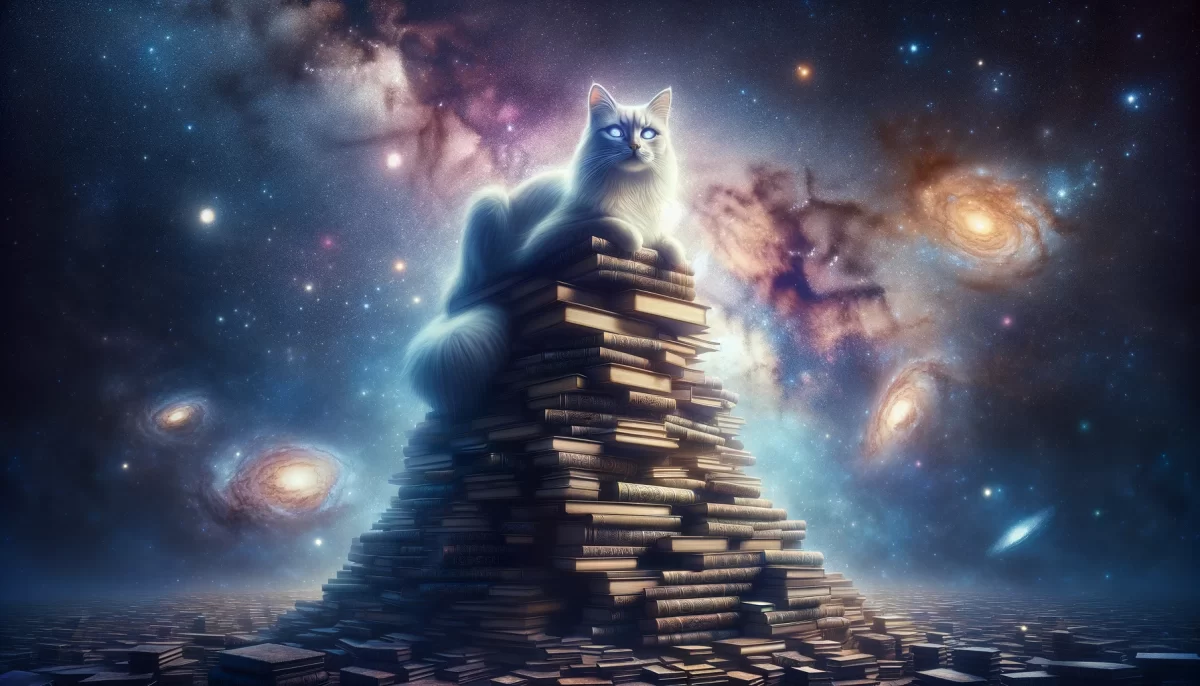
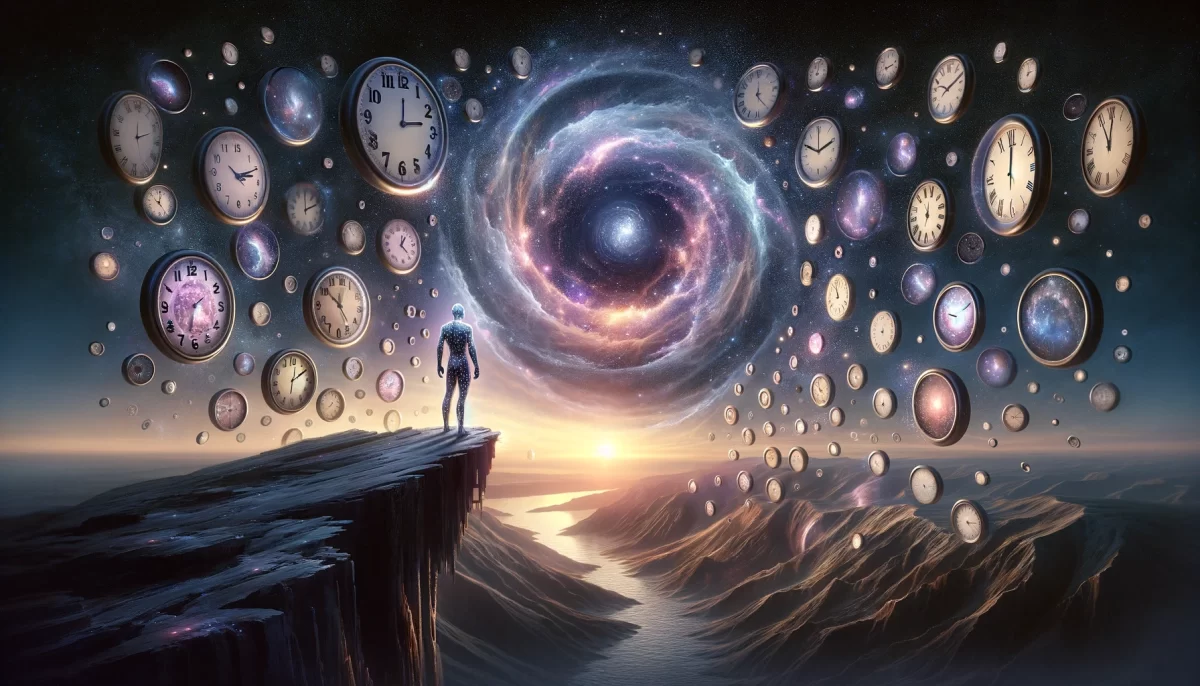
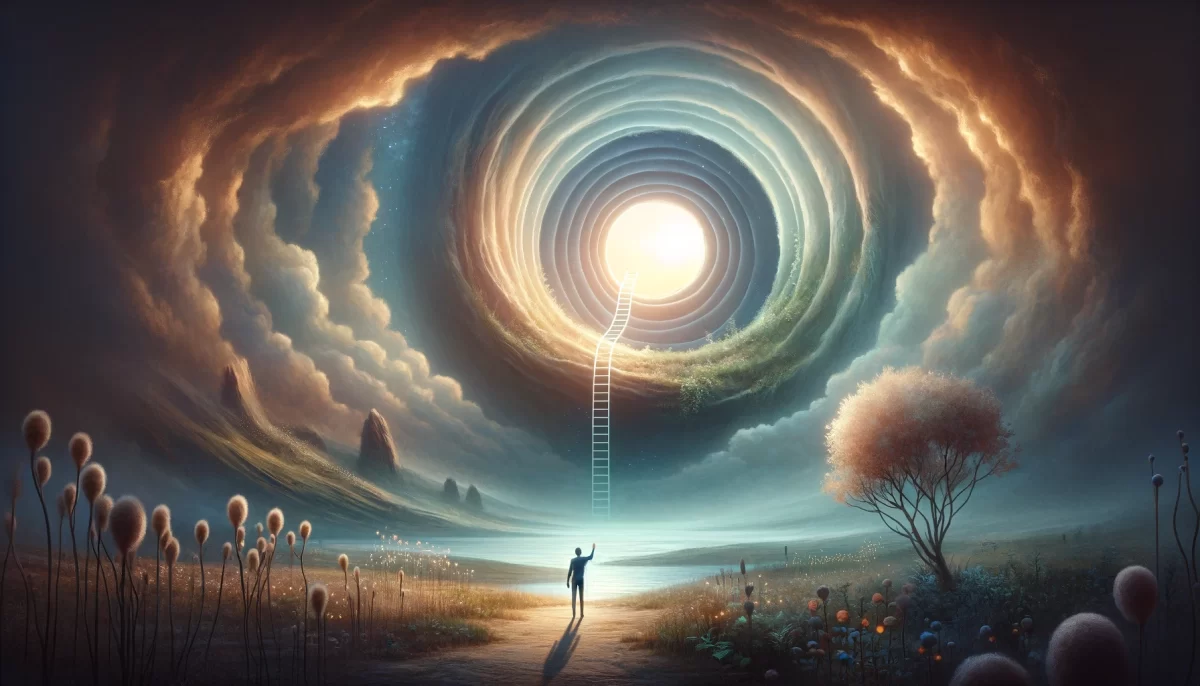
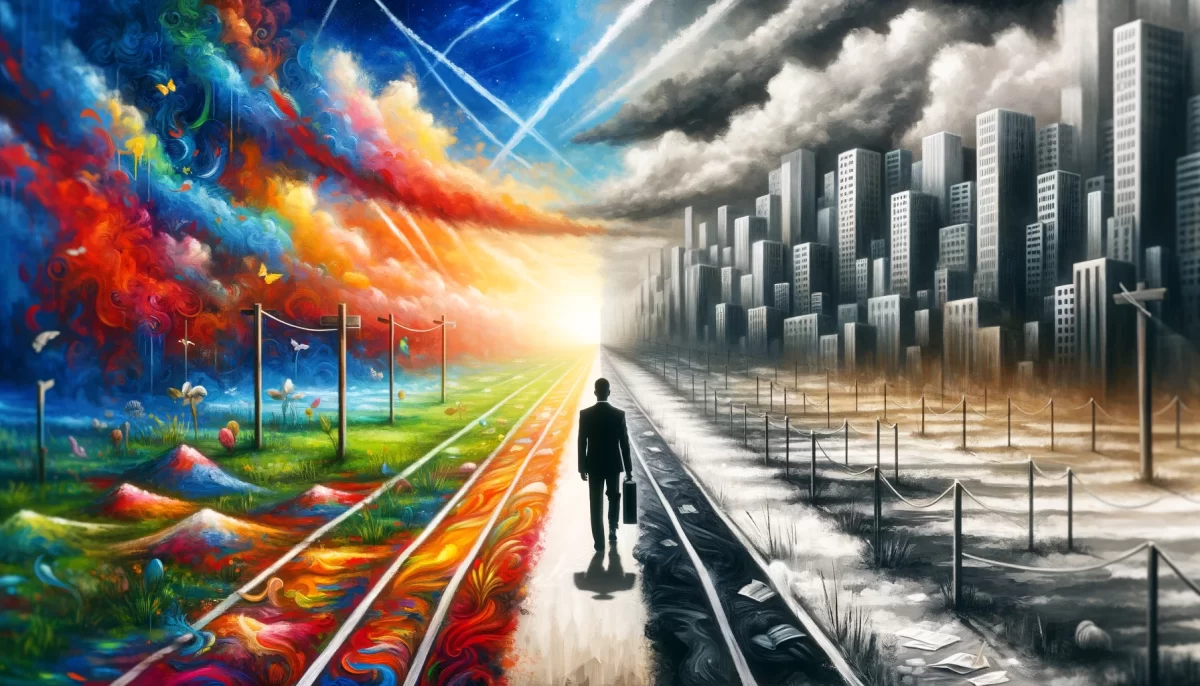
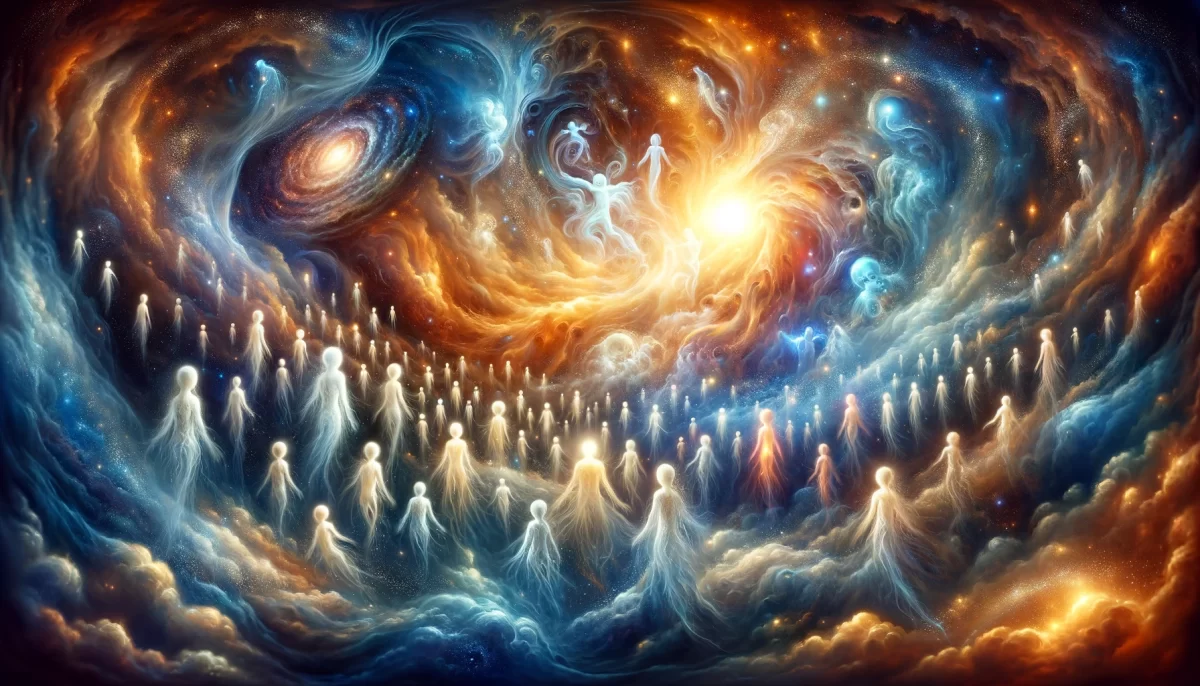
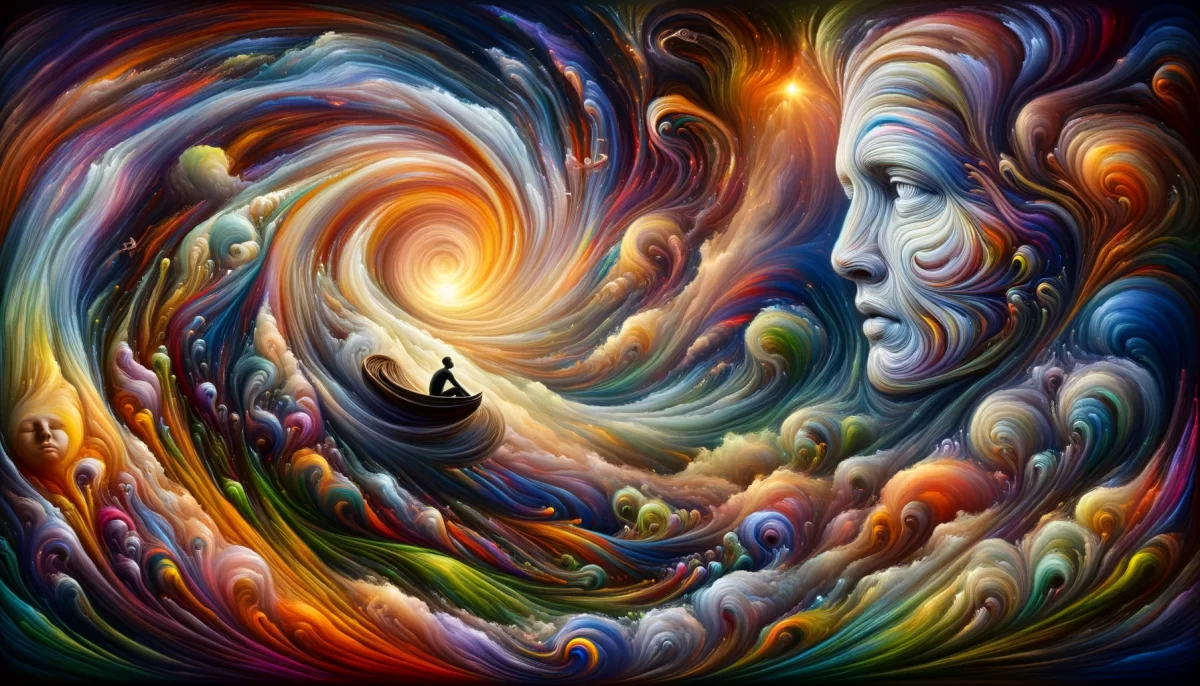
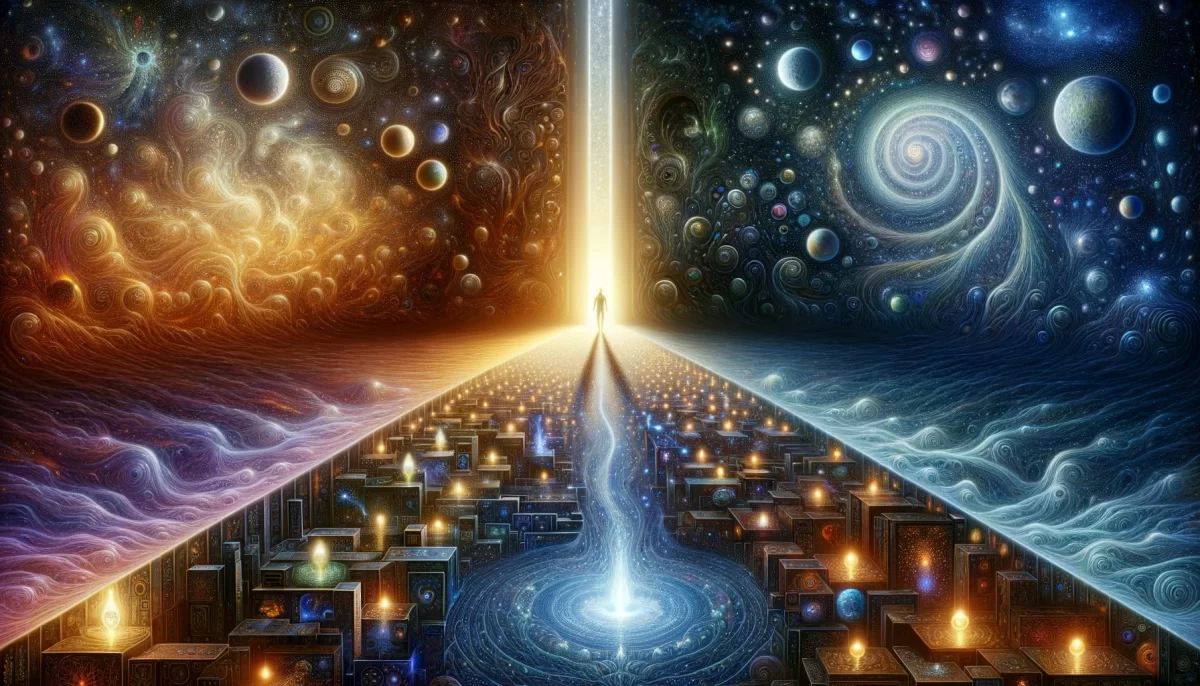
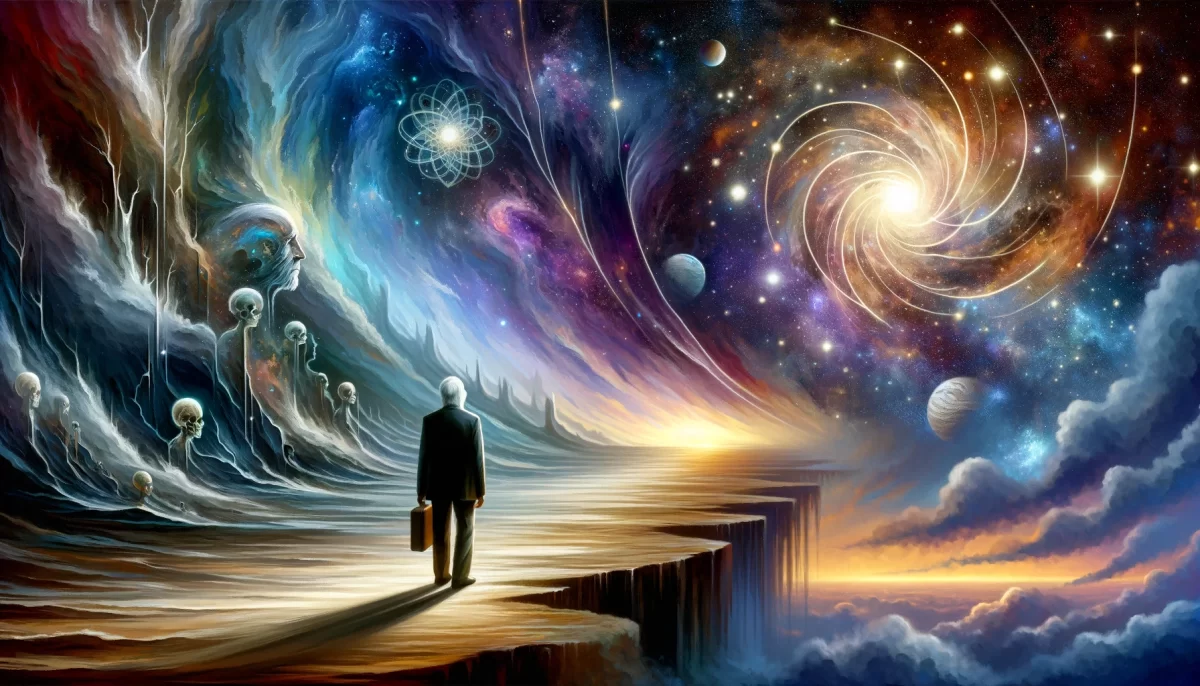

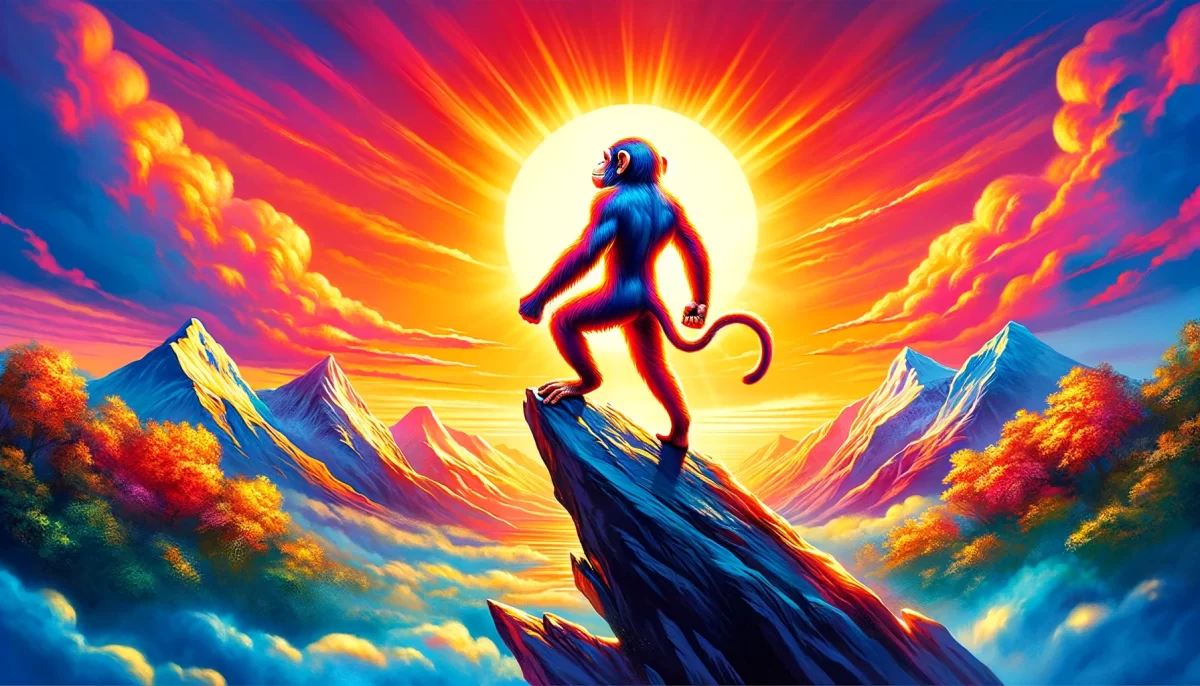
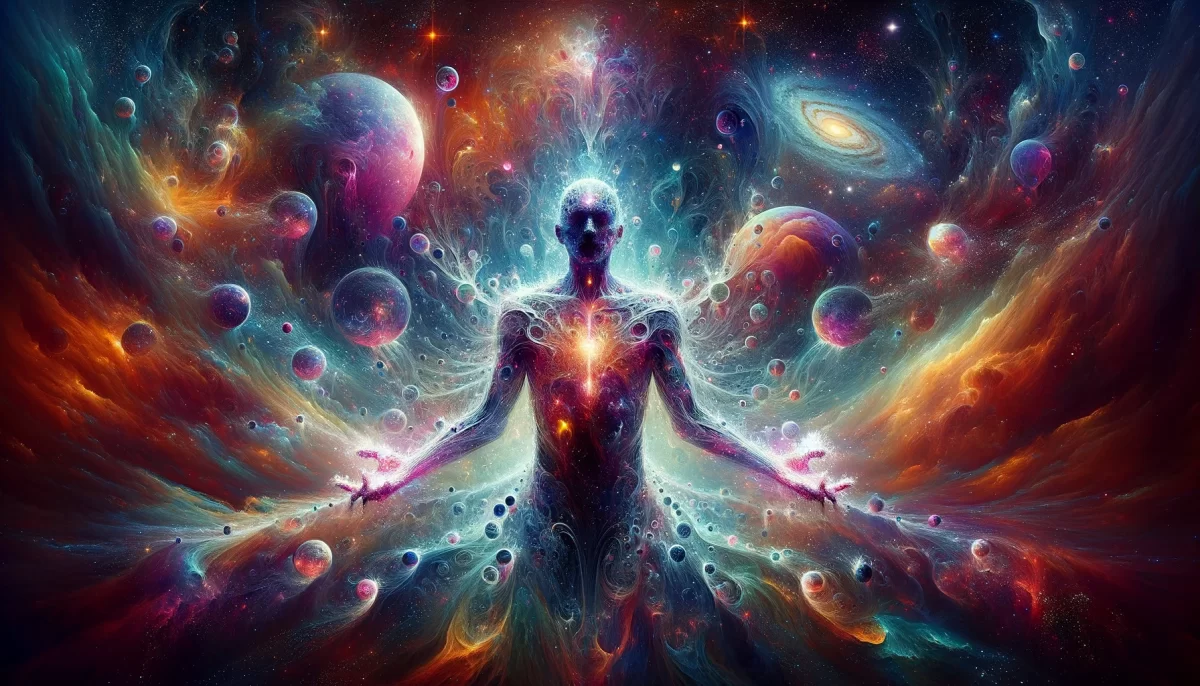
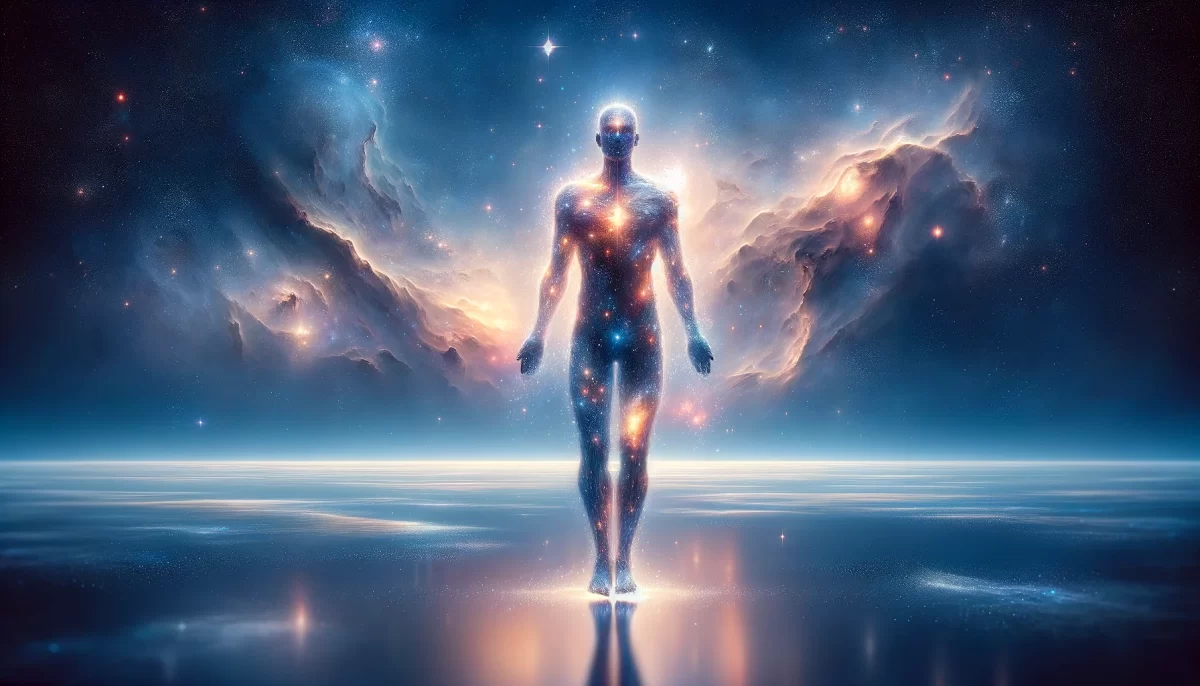

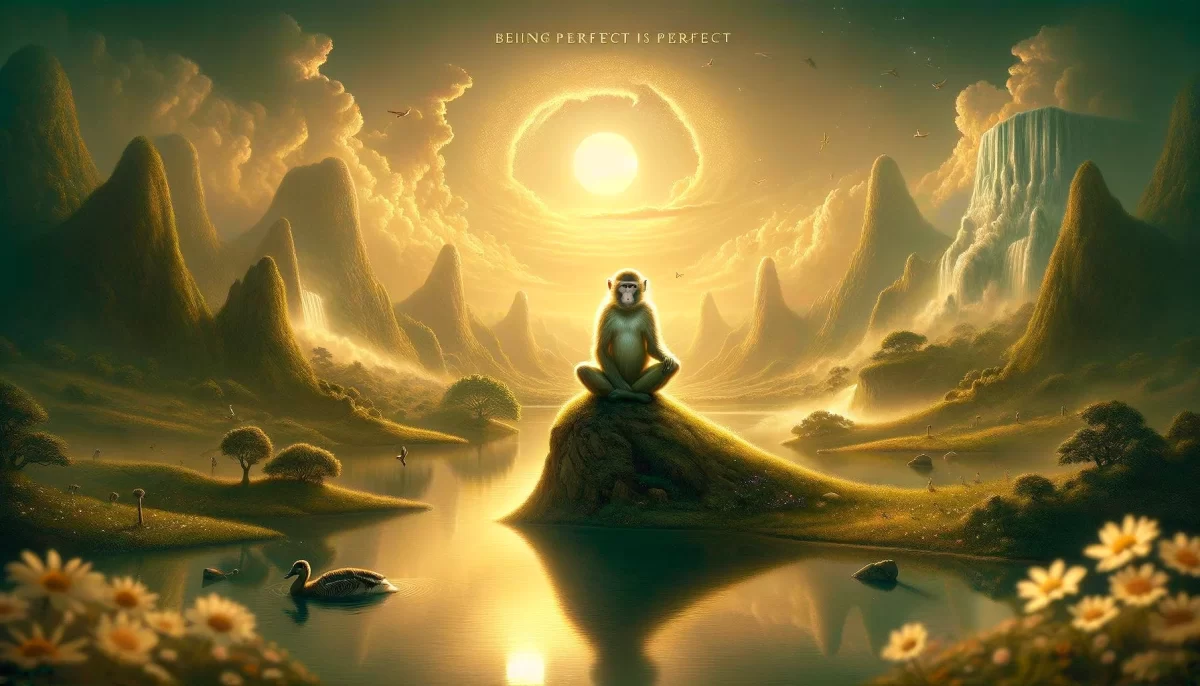
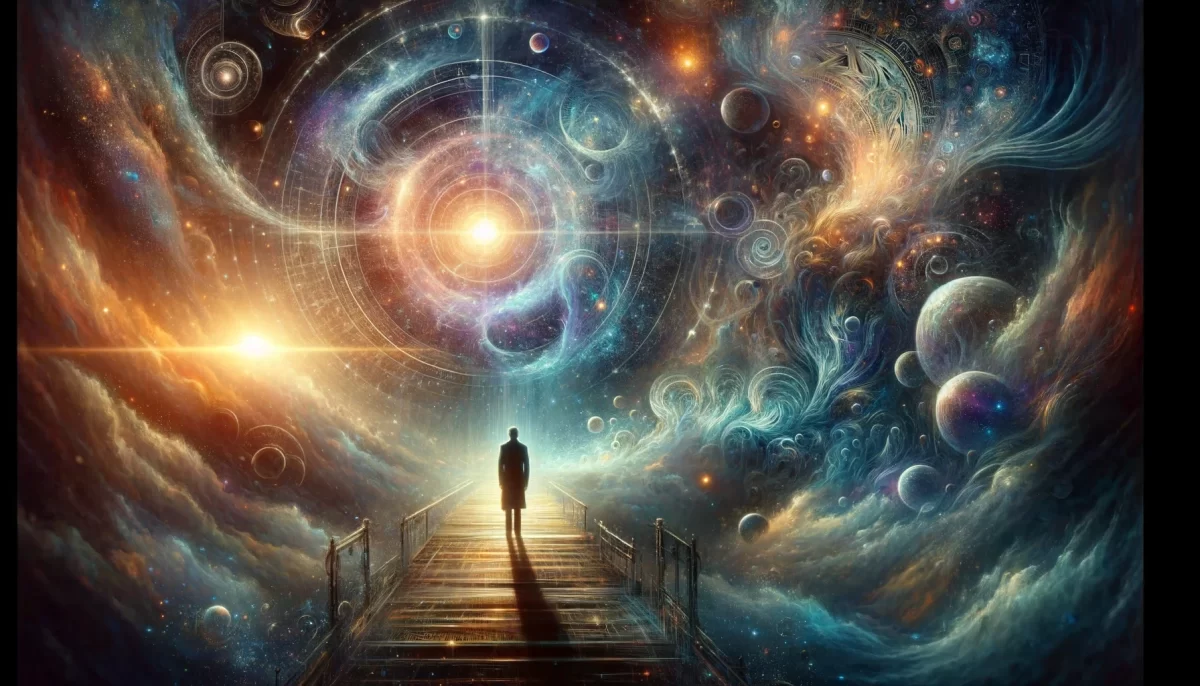

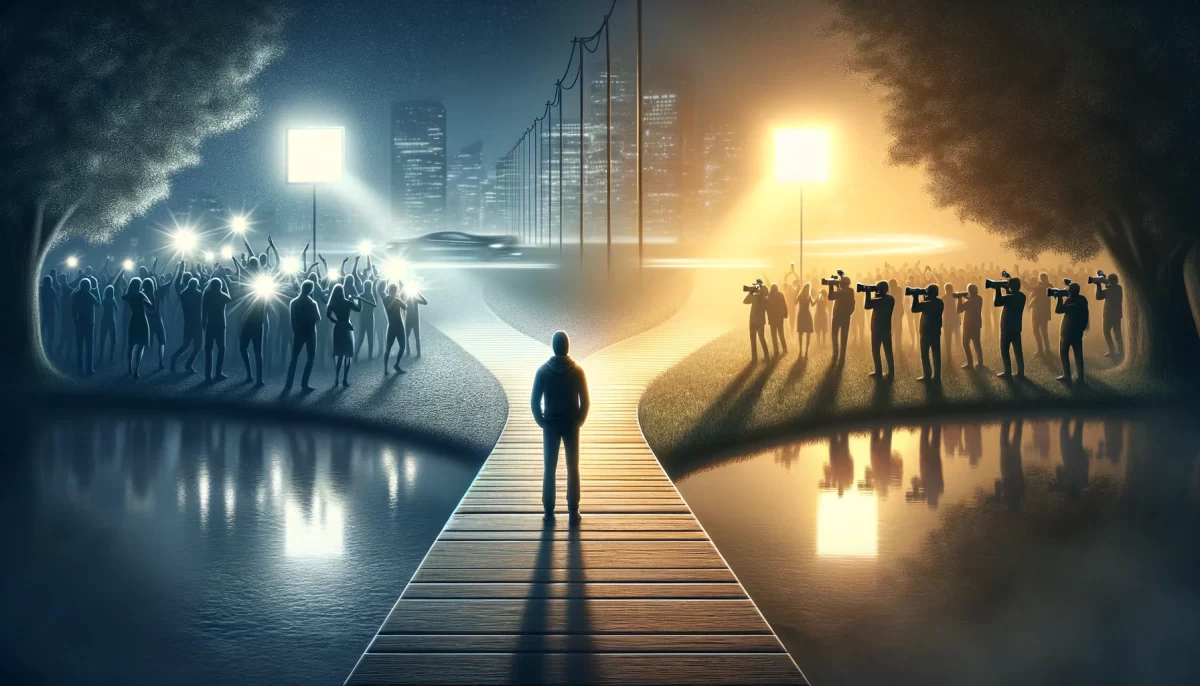

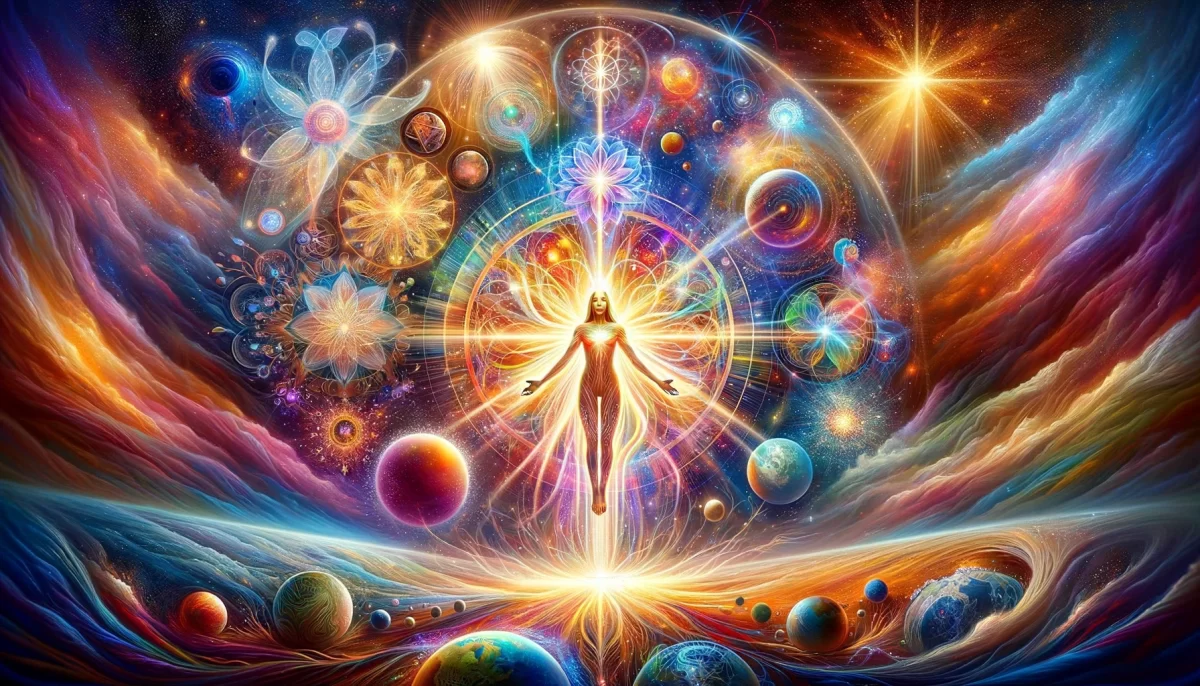
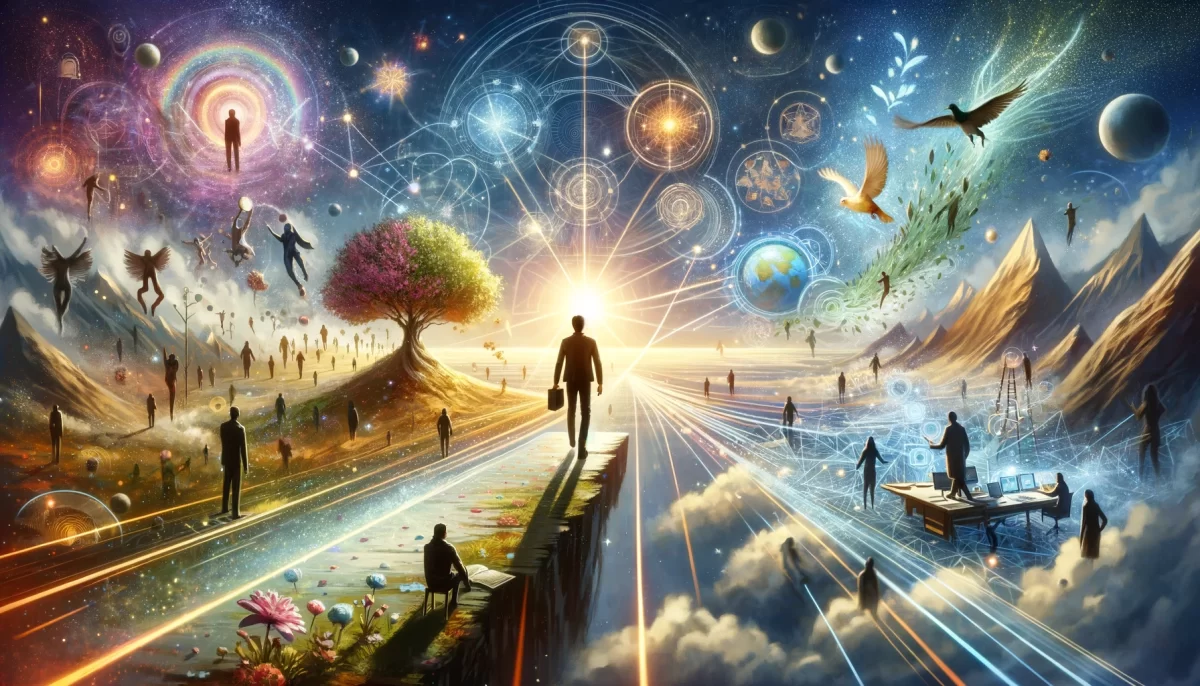
Leave a Reply